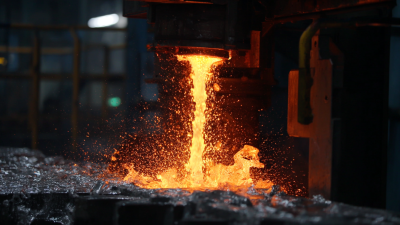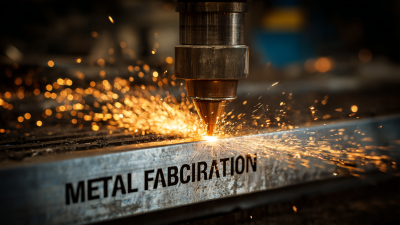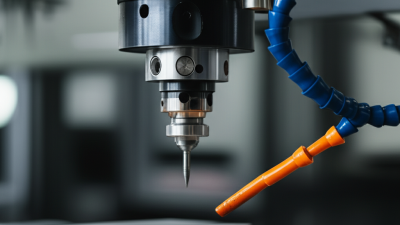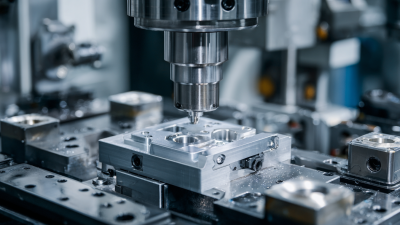In the competitive landscape of manufacturing, enhancing operational efficiency is paramount, particularly in the realm of Metal Fabrication. According to a report by the Fabricators & Manufacturers Association, nearly 70% of manufacturers are focused on improving their production efficiency to stay ahead in the market.

Implementing best practices in Metal Fabrication can lead to significant gains, with studies indicating potential increases in efficiency by up to 20%. This improvement not only reduces costs but also enhances the quality and speed of production, allowing companies to better meet customer demands. As the industry continues to evolve, concentrating on these best practices can serve as a critical factor in achieving sustained growth and innovation in Metal Fabrication processes.
In the competitive landscape of manufacturing, understanding the importance of metal fabrication efficiency is paramount. Efficient metal fabrication not only streamlines production processes but also significantly reduces operational costs. By optimizing workflows and minimizing waste, manufacturers can ensure that every step in the fabrication process contributes to the overall productivity of the organization. This heightened efficiency leads to quicker turnaround times, allowing companies to respond swiftly to market demands.
Moreover, improved efficiency in metal fabrication enhances product quality and consistency. When processes are fine-tuned, the risk of errors diminishes, resulting in fewer defects and reworks. This focus on precision not only satisfies customer expectations but also builds a brand's reputation for reliability. By adopting best practices in metal fabrication, companies stand to gain a significant competitive advantage, thereby fostering sustainable growth in an industry that demands innovation and adaptability.
Streamlining metal fabrication processes can significantly enhance efficiency, ultimately leading to a 20% increase in productivity. Key techniques that contribute to this optimization include the implementation of Lean manufacturing principles and the use of advanced software tools. By embracing Lean methodologies, companies can identify wasteful practices in their workflows, allowing them to focus resources on value-added activities. This involves regular assessments of the fabrication process, ensuring every step is necessary and efficient.
Additionally, integrating modern software solutions can revolutionize how metal fabrication is managed. Software that automates tasks—such as inventory tracking, scheduling, and project management—can drastically reduce human error and save time. Moreover, employing simulation tools enables fabricators to visualize and optimize processes before physical production begins, further mitigating inefficiencies. By adopting these techniques, companies can streamline their operations, cultivate a culture of continuous improvement, and enhance their overall output in the competitive landscape of metal fabrication.
Investing in advanced technology is crucial for enhancing outcomes in metal fabrication, a sector that significantly impacts manufacturing efficiency. According to a report by MarketsandMarkets, the global metal fabrication market is expected to reach $20 billion by 2025, driven largely by technological innovations. Automation, in particular, is at the forefront of this transformation, allowing for precise cutting, bending, and assembling processes that reduce labor costs and minimize waste. Implementing automated systems can lead to productivity increases of up to 30%, demonstrating how technology investments can yield substantial returns.
Moreover, the integration of Industry 4.0 technologies, such as IoT (Internet of Things) and AI (Artificial Intelligence), enables real-time monitoring and predictive maintenance of machinery. A study from Deloitte indicates that companies adopting smart manufacturing practices can see efficiency improvements of up to 20%. By harnessing data analytics, fabricators can optimize workflows and anticipate equipment failures, ultimately decreasing downtime and enhancing overall productivity. This synergy of technology and fabrication not only maximizes operational efficiency but also positions companies to respond swiftly to market demands, ensuring sustained competitiveness in an evolving industry landscape.
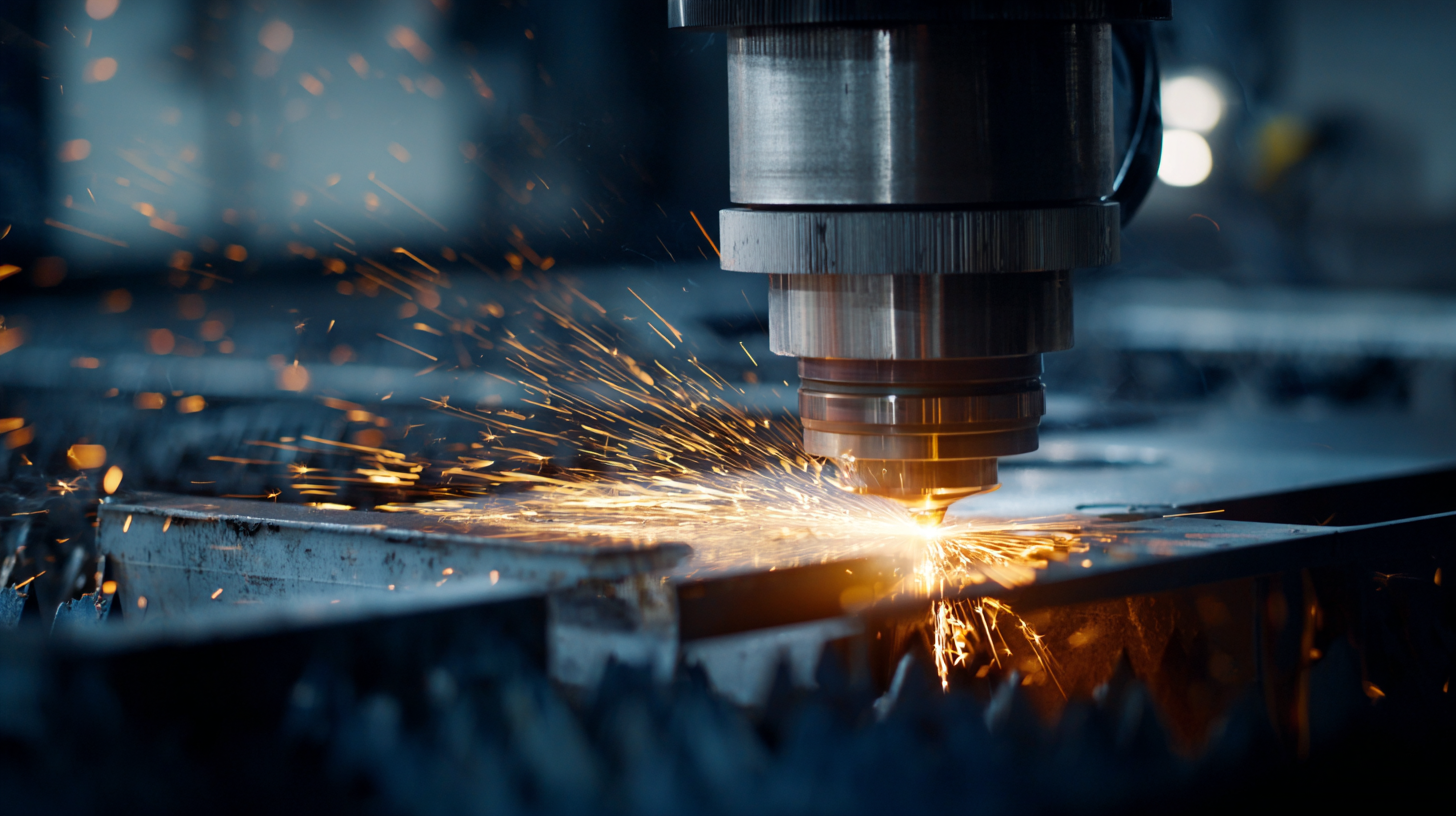
In the competitive world of metal fabrication, optimizing workforce capabilities is crucial for achieving efficiency gains. Training and skills development play a pivotal role in maximizing productivity, enabling employees to perform at their best. By investing in regular training sessions, companies can ensure that their workforce is well-versed in the latest technologies and techniques. This not only enhances individual performance but also promotes a culture of continuous improvement.
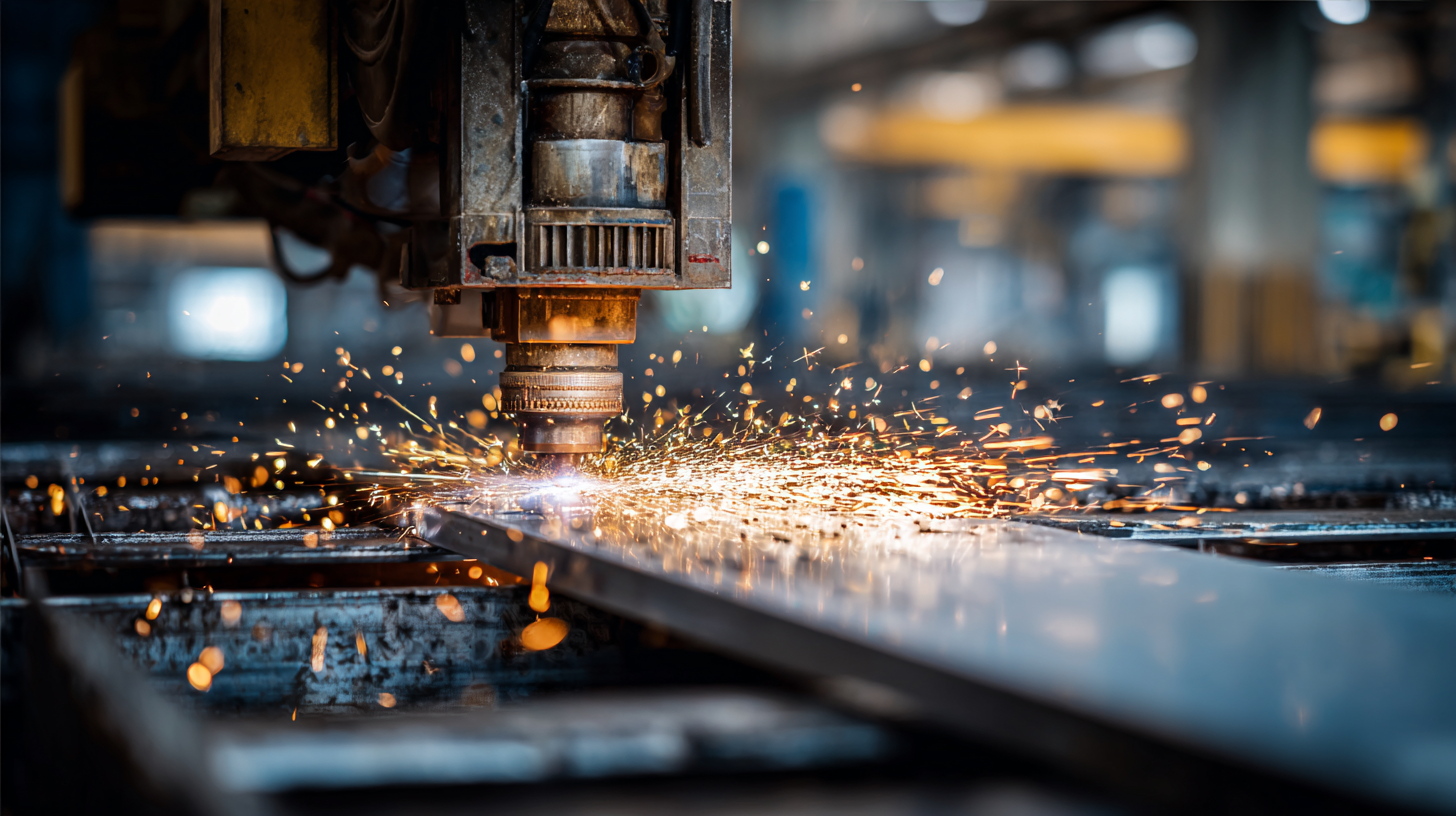
One effective approach is to implement cross-training programs. Encouraging employees to acquire skills in multiple areas allows for greater flexibility in task assignments and can significantly reduce downtime. When workers are skilled in various functions, they can step in to assist when others are unavailable, ensuring that operations remain smooth and effective.
Moreover, leveraging technology in training can lead to better outcomes. Utilizing virtual reality (VR) or augmented reality (AR) can create immersive learning experiences, allowing employees to practice complex tasks in a safe environment. This technological integration not only accelerates the learning process but also enhances retention, resulting in a more skilled workforce ready to tackle the demands of modern metal fabrication.
In metal fabrication, measuring and analyzing performance metrics is crucial for continuous improvement and achieving increased efficiency. According to a report by the Fabricators & Manufacturers Association, implementing data-driven decision-making can improve operational efficiency by up to 25%. This statistic underscores the need for fabricators to establish robust performance measurement systems, allowing them to identify bottlenecks and areas of waste. For instance, tracking cycle times and material yield can reveal insights into production inefficiencies, enabling manufacturers to make informed adjustments that streamline operations.
Furthermore, the application of advanced analytics can transform raw data into actionable insights. A recent study by McKinsey & Company highlights that businesses leveraging data analytics in their manufacturing processes have seen error rates drop by 30% and production lead times reduced by 20%. By consistently evaluating key performance indicators (KPIs) such as equipment effectiveness and labor productivity, metal fabrication companies can foster a culture of continuous improvement. This strategic focus not only enhances overall efficiency but also drives innovation, ensuring that organizations remain competitive in a rapidly evolving industry.
| Practice | Performance Metric | Current Value | Target Value | Improvement (%) |
|---|---|---|---|---|
| Process Optimization | Cycle Time | 35 hours | 28 hours | 20% |
| Quality Control | Defect Rate | 2.5% | 1.8% | 28% |
| Employee Training | Skill Proficiency | 75% | 90% | 20% |
| Equipment Maintenance | Downtime | 15 hours/month | 10 hours/month | 33% |
| Supply Chain Management | Lead Time | 10 days | 8 days | 20% |

